You can grow crops in a backyard for less money if you do it right and properly manage your soil. In a small backyard garden or vegetable garden, your plants use up a lot of nutrients faster than they can replenish. You can use crop rotation to remedy this, but it is unsuitable if you have a small backyard or vegetable garden.
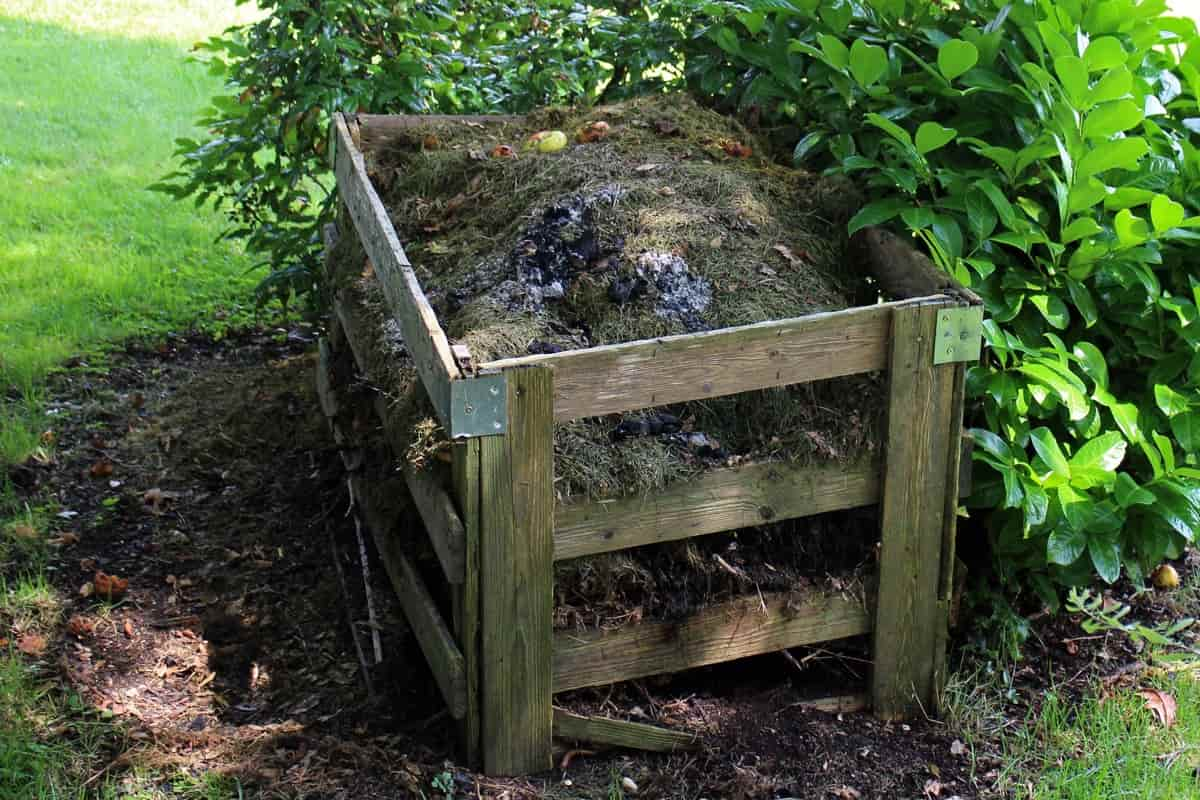
Fertilizer is necessary to feed your plants. Gardeners can combat soil depletion by using quality compost. Nutrients can be added to your soil by adding mulch and leaf mold. Plants and crops will grow fuller, greener, and healthier if you don’t use chemical fertilizers. You can make organic fertilizers with products you likely already have at home or find multiple uses for much cheaper. Make these easy fertilizers at home using ingredients from your kitchen.
Most plants require three components to survive- sunlight, water, and soil. The soil is essential for plant growth as it gets nutrients and nourishment. The soil fertilization acts as a boost to the already present nutrients in the soil. Below, you will find a list of easy homemade fertilizers for your plants that can easily be found in your kitchen and will help boost up your houseplants.
How to make homemade fertilizers
Use coffee grounds for acid-loving plants
If your home has acid-loving plants like nasturtium, daffodils, marigold, sweet potato, parsley, potatoes, etc., this fertilizer is a must-have on your gardening list. The nitrogen and acid levels in such plants can be maintained by coffee, an available fertilizer in every household. You can use coffee grounds as homemade plant food.
In case you missed it: Tips When Switching from Solid Fertilizers to Liquid Fertilizers
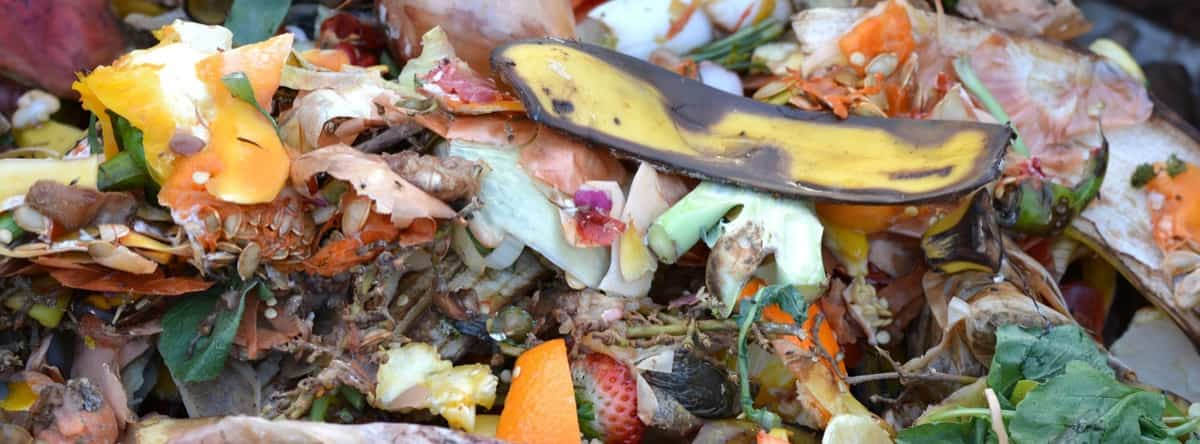
- Collect your used coffee grounds and lightly spread them over your plant’s soil once every few months. This method helps prevent pesky slugs and snails from eating your plants.
- Soaking used coffee grounds in water will break down some of the nutrients in the coffee to make a great fertilizer your plants will love. For this, add six tablespoons of used coffee grounds to a gallon of water and let sit overnight. In the morning, stir and strain out the remaining coffee. The resulting liquid will be a nutrient-rich fertilizer that will keep your plants happy and healthy.
- In your compost bin, you can compost coffee grounds with other brown organic matter or leafmould. By doing so, you are not only adding coffee grounds to the compost but also nitrogen, phosphorus, potassium, and magnesium.
Benefits of using coffee grounds as fertilizer
- Several essential minerals are found in coffee grounds, including nitrogen, calcium, potassium, iron, phosphorus, magnesium, and chromium. Plants cannot grow optimally in soil that lacks essential nutrients. Fertilizing gardens ensures that plants have the nourishment they need to grow.
- Used coffee grounds are a great natural fertilizer for plants that require more acidic soil. Coffee grounds are also packed with the nitrogen plants need to grow healthy and strong.
- They may also help absorb heavy metals that can contaminate soil
- You can also use coffee grounds to repel pests and attract earthworms to your garden.
Use Banana peels to boost your plants
We always throw away the banana skin, unaware that our little garden needs them the richest in phosphorus and potassium. It is estimated that banana peels contain up to 25% phosphorous and 42% potassium. A banana peel fertilizer is a plant fertilizer made from banana peels that can help distribute nutrients and promote healthier plant growth.
- Chop up banana peels and bury them alongside your vegetable garden. Cover the peels with a thick layer of dirt to avoid sneaky critters looking to get their little potassium boost. If you are looking for ways to use extra compost that you may have on hand, use this instead of garden soil to cover your banana peels.
- Alternatively, to avoid fruit flies from congregating around your house plants, combine your banana peels with 2-4 liters of water and let soak for up to two weeks. Use the infused water to shower your indoor plants with potassium.
In case you missed it: 10 Organic Fertilizers for Your Vegetable Garden: When and How to Apply
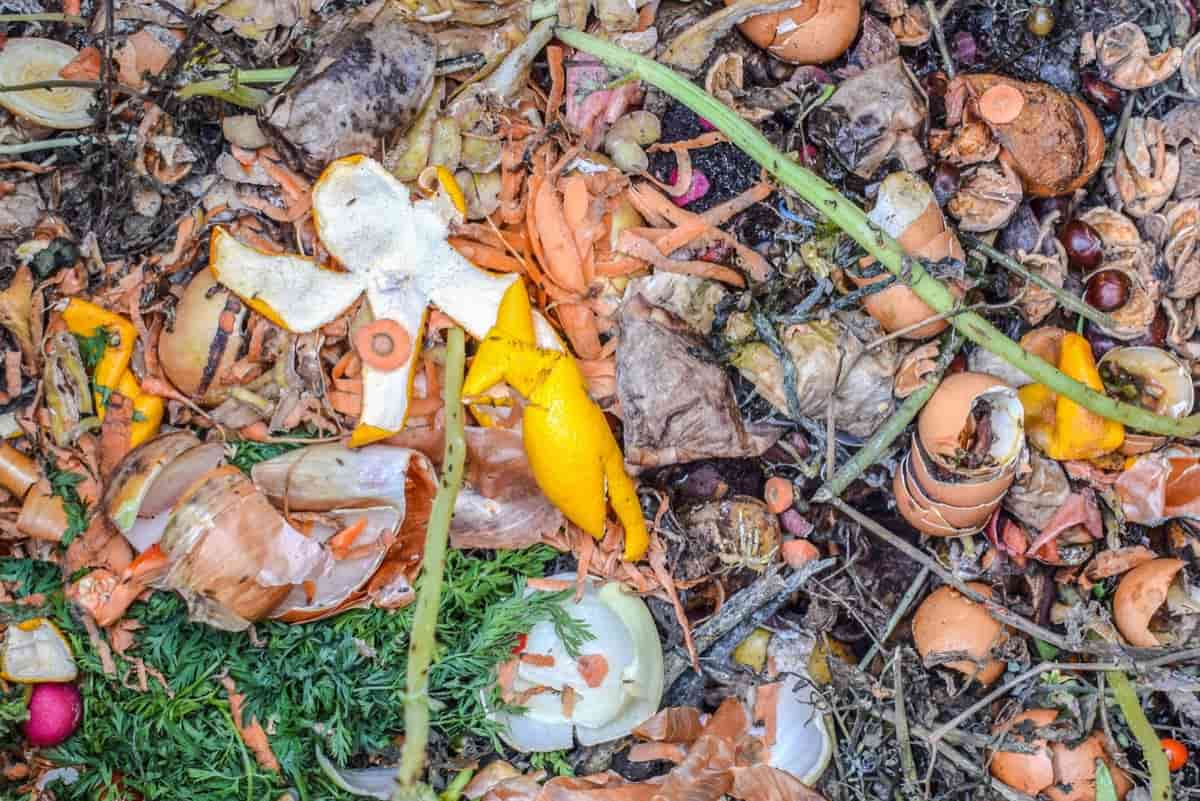
Benefits of using Banana peels to fertilize your plants
- Banana peels would help your plants to strengthen, boost up fruiting, and protect them from diseases. So the next time you eat a banana, reserve the peel for your garden.
- Roses want potassium too. The peels should be buried alongside the rose bush to allow them to compost naturally. In the top layer of the soil, bury the peels of the rose as it grows. Using either of these approaches will provide the plant with much-needed potassium
- Banana peel fertilizer is best used as a homemade plant fertilizer for tomatoes, potatoes, fruit trees, rose bushes, Monsteras, and Tillandsias. Even air plants can appreciate this potassium-packed fertilizer.
- It is no secret that bananas are a potassium powerhouse. Potassium is an essential nutrient that helps strengthen plant roots, build up their resistance to disease and enhance their ability to withstand drought.
- The manganese in banana peels aids photosynthesis, while sodium helps water flow between cells. They even have traces of magnesium and sulfur, elements that help make chlorophyll.
Eggshells fertilizer
Like humans enjoy eating eggs because they are good sources of calcium and potassium, plants can benefit from them as well. Its shell is a great source of potassium and calcium carbonate. Too much added lime may prevent plants from absorbing the nutrients they need to grow. Egg shells are a great homemade fertilizer for lilac, forsythia, clematis, broccoli, and Brussels sprouts.
Crack open an egg, empty its contents and thoroughly rinse the leftover shells. Lay the rinsed egg shells out flat to dry. Once you have collected 6-12 dried egg shells, grind them into a fine powder using either a mortar, pestle, or food processor. Add a light top layer of eggshell powder to your plant’s soil. As it turns out, eggshells contain 93% calcium carbonate or lime.
Benefits of using Eggshell fertilizer
- Low-acidity soil is ideal for plants to absorb nutrients and ward off toxic elements such as aluminum. As eggshells contain calcium carbonate, they lower soil pH levels, making them more alkaline.
- A calcium deficiency causes plants, such as tomato plants, to develop black spots on their fruit. It is possible to reduce blossom-end rot in fruiting plants by adding calcium from eggshell fertilizer.
- The lingering smell of eggs inside the shell wards off deer, while the sharp edges of dry, crushed shells are hazardous for the soft bodies of snails and slugs.
- Calcium carbonate in eggshells helps plants grow faster and stronger by strengthening their roots. Add the powdered eggshells to boiling water, cover, and store for one week, stirring only once daily. Directly pour the mixture over the roots of the plant after seven days.
In case you missed it: How to Start Organic Farming in the Philippines: Schemes, Certification, Profits, Cost, and Challenges
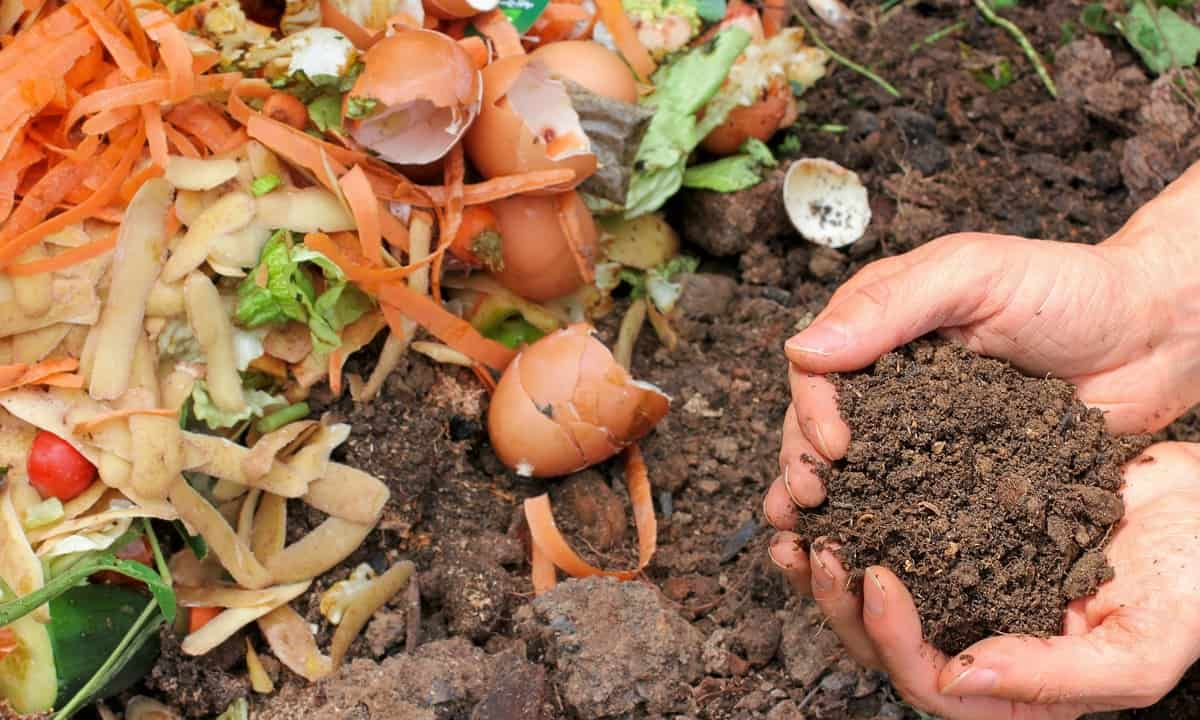
Wood Ash fertilizer
For those with a wood-burning stove, there are a lot of nutrients in the ash. More so if you are burning hardwood. Wood ash is rich in potassium and phosphate and contains Cu, Fe, and Mn traces. That is very good for your plant’s growth and development. If your garden has acidic pH, adding wood ash is a very easy and cost-effective method of increasing soil pH / making it neutral.
Ash can be used in two ways
- Direct application of ash: in this method, you have to sprinkle a handful of ash into the soil. Or put ash as a very thin layer of mulching. Avoid applying it to the foliage of plants.
- Composting of ash: in this method, try to compost the ash instead of applying it directly. You can put wood ash into the compost bin along with other organic wastes. In composting, the average pH becomes slightly acidic. The addition of ash to the compost bin fixes this problem.
Benefits of using wood ash as fertilizer
- Wood ash can be used to increase soil pH.
- Wood ash supplies potassium, phosphate, Copper, iron, and Manganese to plants
- It increases the growth of plants by providing essential nutrients
- Wood ash repels some of the insect pests, snails, and slugs. In a way, ash protects your garden plants.
Epsom salts, baking powder, and ammonia mixture
Combining some inexpensive and common household items can make a natural fertilizer that will give your plants all the necessary nutrients. It is a great solution if you’re thinking of saving money off the grid. Make your ammonia fertilizer with Epsom salts, baking soda, and baking soda.
You can mix the natural fertilizer in an old watering can or plastic jug. Mix 1 teaspoon Epsom salt with one teaspoon of baking soda and 1/2 teaspoon ammonia. Fill up your empty jug with water after you have added these items. Be sure to shake well to ensure a good mix. Wait 15 minutes for all the ingredients to dissolve. You can apply this to your vegetable garden or houseplants.
Benefits
- Epsom salt contains high levels of magnesium and sulfur, which plants need to create healthy foliage and absorb nutrients from the soil.
- Baking soda helps plants bloom and protects them from fungal disease, while ammonia contains nitrogen to assist in growing a healthy root system.
- These three simple ingredients conveniently contain most of the nutrients needed to grow a healthy plant, and you most likely have them in your homestead kitchen or around the house
Grass Clippings
Making grass-clipping fertilizer is easy, quick, and, most importantly, effective. You can prepare grass-clipping fertilizer in buckets and barrels in your garden or a small space. Fill a bucket with grass that has been mowed. Next, fill the bin 2/3 full with clippings. More than this limit can displace the water, and less than this limit will weaken it.
In case you missed it: A Guide to Understand Homemade Fertilizers for Your Garden/Farm: Check How this Guide Helps Beginners.
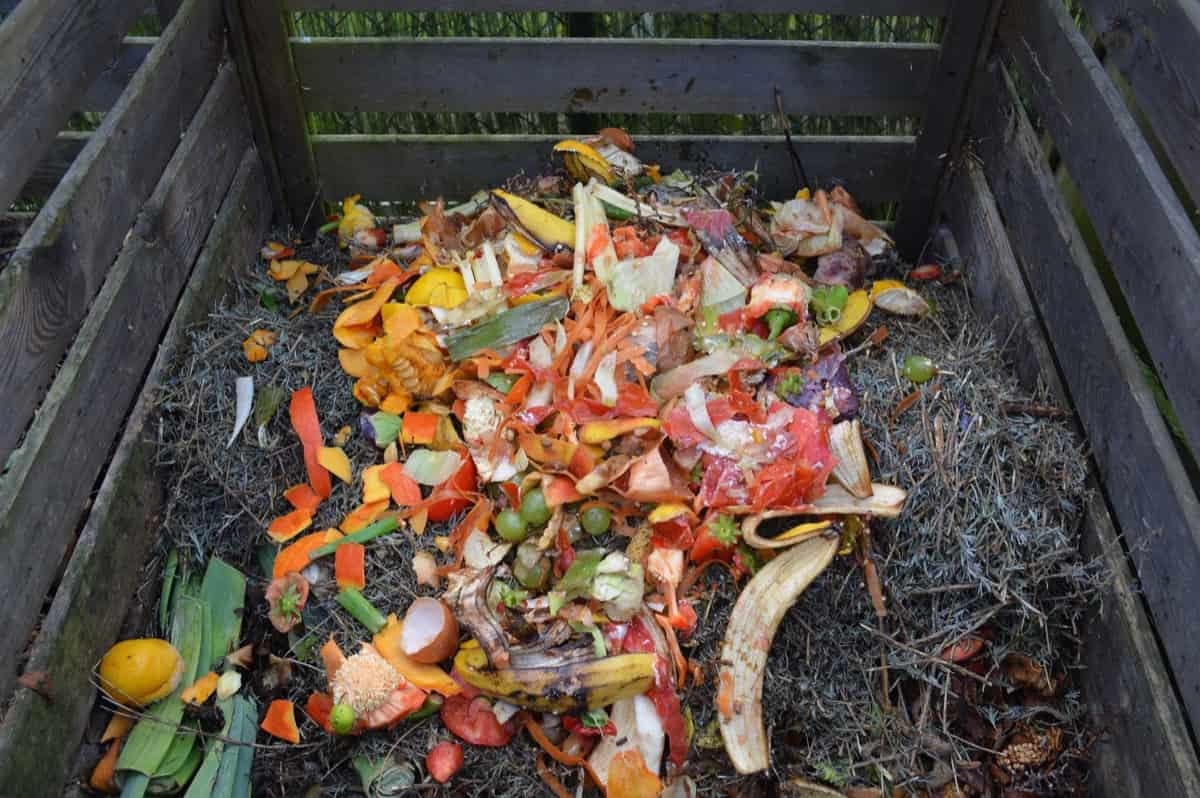
It should be filled with water. Let the bucket steep in the shade, covered with a heavy lid. It will take 1-2 weeks for your fertilizer to be ready. Before you add grass to the bucket, sprinkle some water in it. It adds atmospheric oxygen and CO2 to the water. As a result of the agitation, nutrients are removed from the grass.
Benefits
- Depending on the type, growing conditions, and season, fresh grass clippings contain 4 percent nitrogen. As a result, they have an NPK ratio of 4-0.5-2. As it is relatively high in potassium, it is an excellent contributor to root vegetables and flowers in their early growth stage.
- Accumulating salts is one of the major problems in containers while using fertilizers, and as it is low in sulfates, salts, and sodium, it helps to eliminate the accumulation.
- One important nutrient that a plant must have is nitrogen. Nitrogen is needed in the plant’s vegetative stage. It is the stage where plants vigorously grow leaves and shoots. It is the stage after germination and before the plant begins to flower.
- Plants need nitrogen to produce chlorophyll, which makes the leaves green. Chlorophyll, a green pigment, is present in all green plants and is responsible for light absorption to provide energy for photosynthesis. Without photosynthesis, they can’t make food, so they eventually die. A sure sign of nitrogen deficiency is when the leaves start turning yellow.
- The other essential nutrients needed by plants are phosphorus and potassium. Phosphorus is needed for root development, while potassium is needed in the flowering or fruiting stage of the plant.
Homemade compost from Kitchen Scraps
Make compost from your kitchen and garden waste. If you have an outdoor space to create your compost pile, throw your fruit and vegetable scraps, used coffee grounds, banana peels, and tea bags into a weather and critter-proof bin. Then, every 2-3 weeks, break up the compost by adding a splash of water and turning it with a shovel. After 2-12 months, your compost bin will contain dark, crumbly, and microorganism-rich soil that your plants will like.
Benefits
- Homemade compost is an excellent natural fertilizer because it contains beneficial nutrients for your plants. Plus, you will never run out of it if you have food scraps.
- Well-composted gardens can go a year or two without fertilizer reapplication because compost releases nutrients slowly.
- Compost also helps the soil retain moisture, which is essential for vegetable gardens to thrive during hot, dry summers.
- It can be quite helpful for the overall health of the soil. Moreover, composting can also improve soil fertility and offer protection from potential plant diseases.
- Getting rid of pests in your garden can be quite frustrating. However, proper composting can ensure minimum pests as the compost contains various micro-nutrients acting as pesticides.
Manure
Manure comes from various sources cows, horses, and chickens. Each type of manure is high in nitrogen and other nutrients. Raw manure is highly acidic and may have more nutrients than your plants need, so too much can burn your plants. It is best to use composted manure. It improves your soil’s water retention without risking your plants. Manure quickly becomes a perfect odor-free soil amendment—age fresh manure for at least six months. Garden plants benefit greatly from well-aged manure.
In your garden, you can spread aged manure in a 1/4 to 1/2-inch layer directly on top of the soil. The top layer of soil may also be tilled or mixed by hand in the fall or winter before spring planting. Fall is the best to use manure in the garden. As the manure breaks down, there is no threat of plantings being burned come spring.
Benefits of using manure as fertilizer
- As the soil absorbs manure, nutrients are released. As a result, it enriches the soil, which benefits the plants. In the garden, manure can be used to condition the soil, which is one of its most important benefits.
- Besides nitrogen and phosphorus, manure contains other nutrients that plants need to grow. When manure is used properly as fertilizer, farmers can save money. Plant growers and gardeners can also purchase manure or manure products from farmers.
In case you missed it: Best Fertilizer for Finger Millet (Ragi): Organic, Bio-fertilizers, NPK, How and When to Apply
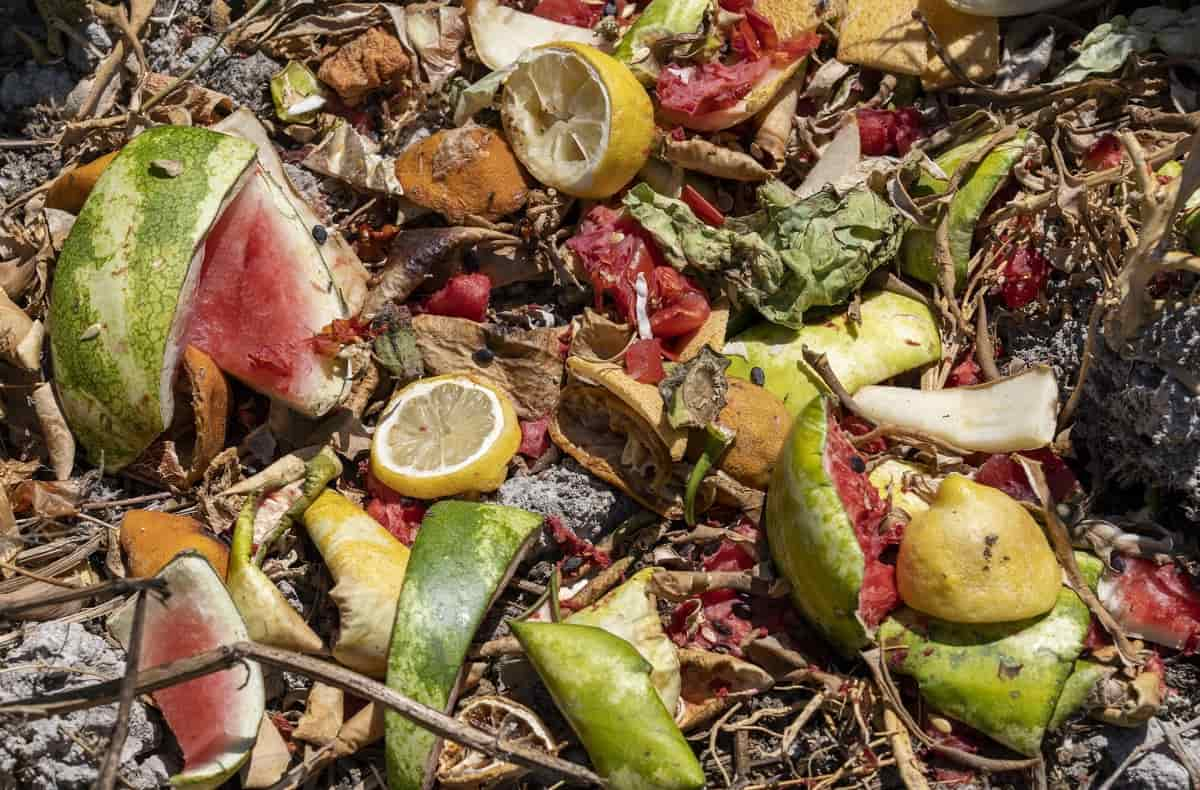
Spray Epsom salts for extra magnesium
The common name for magnesium sulfate is Epsom salt. It’s a natural mineral containing magnesium, sulfur, and oxygen. Epsom salt fertilizer is a quick solution for introducing more magnesium into your plants’ diets. Without enough magnesium, you might notice your green plants turning pale yellow. Use Epsom salts to encourage healthy plant growth to prevent this from happening. Dissolve two tablespoons of Epsom salts into 4 liters of water. Shake and use as a spray on both indoor and outdoor plants.
Benefits
- Encouraged growth: Magnesium is essential for plants because it increases chlorophyll production. Chlorophyll creates green color in the plant’s leaves and assists in plant growth. A magnesium boost encourages seed germination and fast growth by strengthening plants’ cell walls.
- Root shock prevention: When transplanting seedlings or full-grown plants, roots can become stressed, causing them to stop growing. Known as root shock or transplant shock, your plants may wilt or have yellowing leaves, among other signs. Epsom salt can prevent root shock by increasing chlorophyll production and helping the roots absorb more nutrients.
- Improved flavor: The more chlorophyll a plant produces, the more sugar it produces, which results in sweeter and more flavorful fruits and vegetables.
- Pest control: To deter bugs like beetles, mix one cup of Epsom salt with five gallons of water, add the mixture to a spray bottle, and apply it to the leaves. To control slugs, sprinkle the dry salt around the base of the plant.
Conclusion
With these superb fertilizers, you can grow brighter, fuller, and bigger plants and produce more nutritious vegetables at home. It also saves the money which you have spent on commercial fertilizers.
- Types of Pesticides Used in Agriculture: A Beginner’s Guide
- Economical Aquaculture: A Guide to Low-Budget Fish Farming
- 15 Common Planting Errors That Can Doom Your Fruit Trees
- How to Make Houseplants Bushy: Effective Tips and Ideas
- Innovative Strategies for Boosting Coconut Pollination and Yield
- Pollination Strategies for Maximum Pumpkin Yield
- The Complete Guide to Chicken Fattening: Strategies for Maximum Growth
- Natural Solutions for Tulip Problems: 100% Effective Remedies for Leaf and Bulb-Related Issues
- Revolutionizing Citrus Preservation: Towards a Healthier, Greener Future
- Natural Solutions for Peony Leaf and Flower Problems: 100% Effective Remedies
- Maximizing Profits with Avocado Contract Farming in India: A Comprehensive Guide
- Natural Solutions for Hydrangea Problems: 100% Effective Remedies for Leaf and Flowers
- The Ultimate Guide to Choosing the Perfect Foliage Friend: Bringing Life Indoors
- From Sunlight to Sustainability: 15 Ways to Use Solar Technology in Agriculture
- The Ultimate Guide to Dong Tao Chicken: Exploring from History to Raising
- The Eco-Friendly Makeover: How to Convert Your Unused Swimming Pool into a Fish Pond
- Mastering the Art of Delaware Chicken Farming: Essentials for Healthy Backyard Flocks
- 20 Best Homemade Fertilizers for Money Plant: DIY Recipes and Application Methods
- How to Craft a Comprehensive Free-Range Chicken Farming Business Plan
- Brighten Your Flock: Raising Easter Egger Chickens for Beauty and Bounty
- How to Optimize Your Poultry Egg Farm Business Plan with These Strategies
- Subsidy for Spirulina Cultivation: How Indian Government Schemes Encouraging Spirulina Farmers
- Ultimate Guide to Raising Dominique Chickens: Breeding, Feeding, Egg-Production, and Care
- Mastering the Art of Raising Jersey Giant Chickens: Care, Feeding, and More
- Ultimate Guide to Raising Legbar Chickens: Breeding, Farming Practices, Diet, Egg-Production
- How to Raise Welsummer Chickens: A Comprehensive Guide for Beginners
- How to Protect Indoor Plants in Winter: A Comprehensive Guide
- Ultimate Guide to Grow Bag Gardening: Tips, Tricks, and Planting Ideas for Urban Gardeners
- Guide to Lotus Cultivation: How to Propagate, Plant, Grow, Care, Cost, and Profit
- Agriculture Drone Subsidy Scheme: Government Kisan Subsidy, License, and How to Apply Online
- Ultimate Guide to Raising Araucana Chickens: Breed Profile, Farming Economics, Diet, and Care
- Bringing Hydroponics to Classroom: Importance, Benefits of Learning for School Students
- Ultimate Guide to Raising Polish Chickens: Breed Profile, Farming Economics, Diet, and Care
- Ultimate Guide to Raising Australorp Chickens: Profile, Farming Economics, Egg Production, Diet, and Care
- Silkie Chicken Farming: Raising Practices, Varieties, Egg Production, Diet, and Care
- Sussex Chicken Farming: Raising Practices, Varieties, Egg Production, Diet and Care